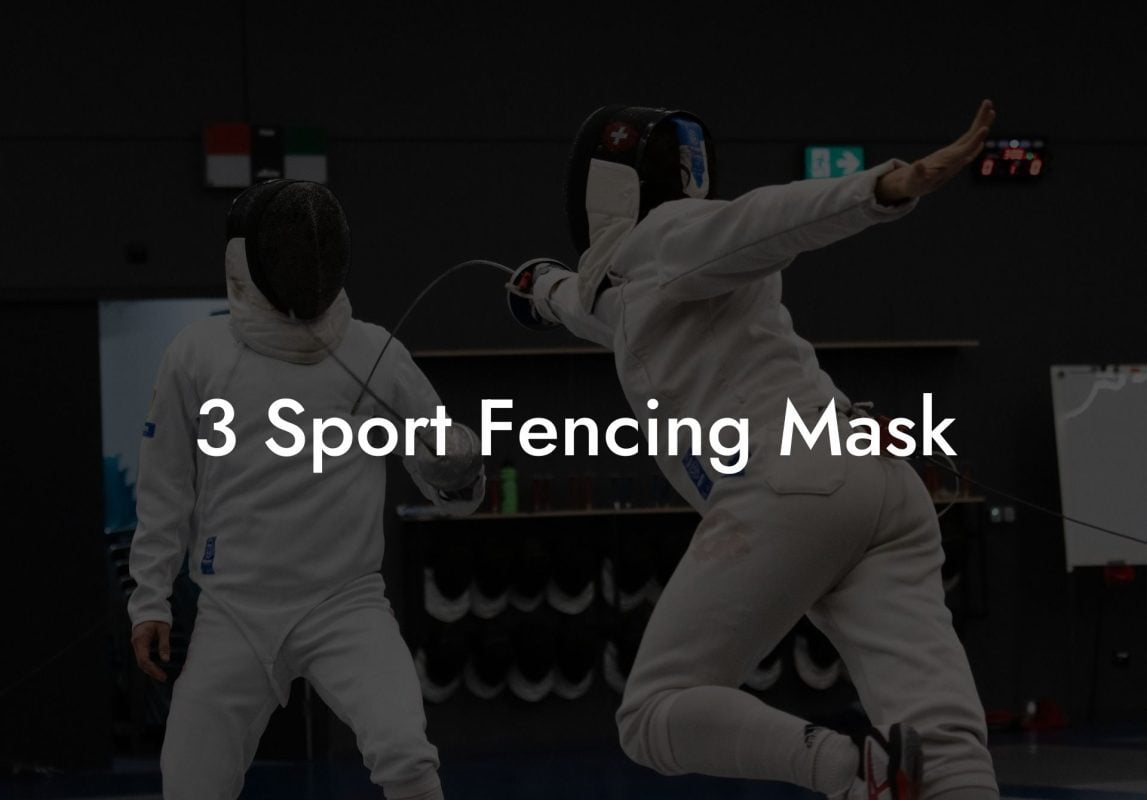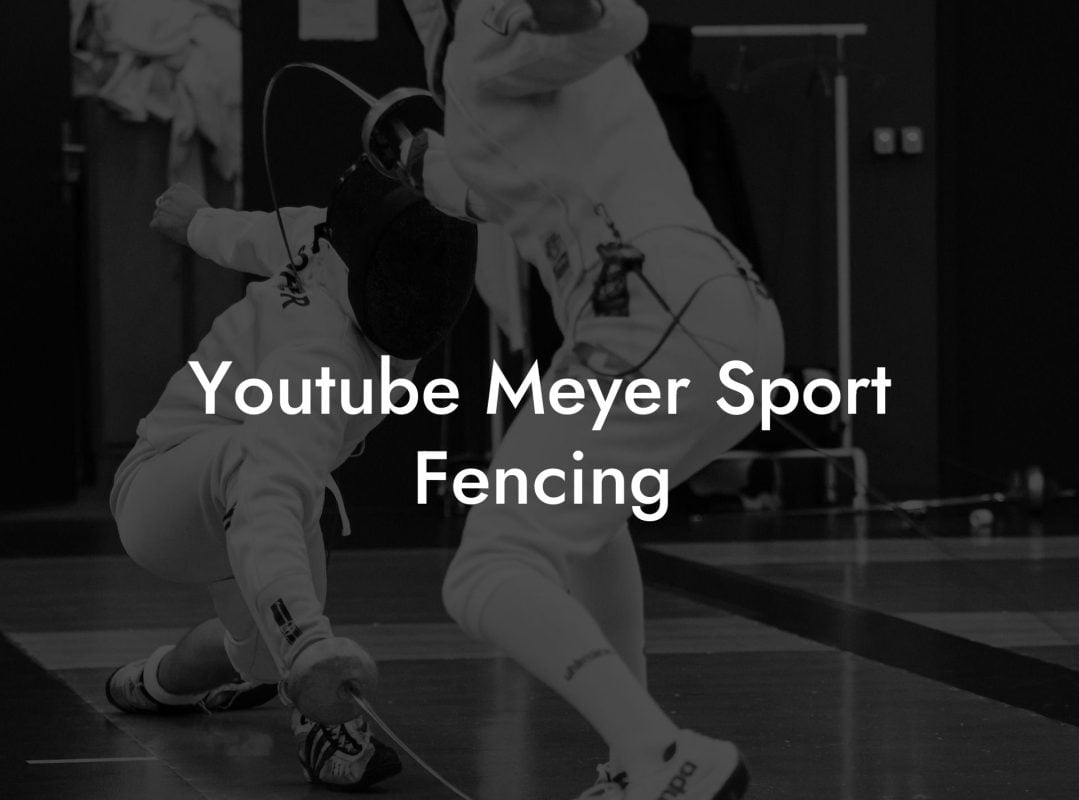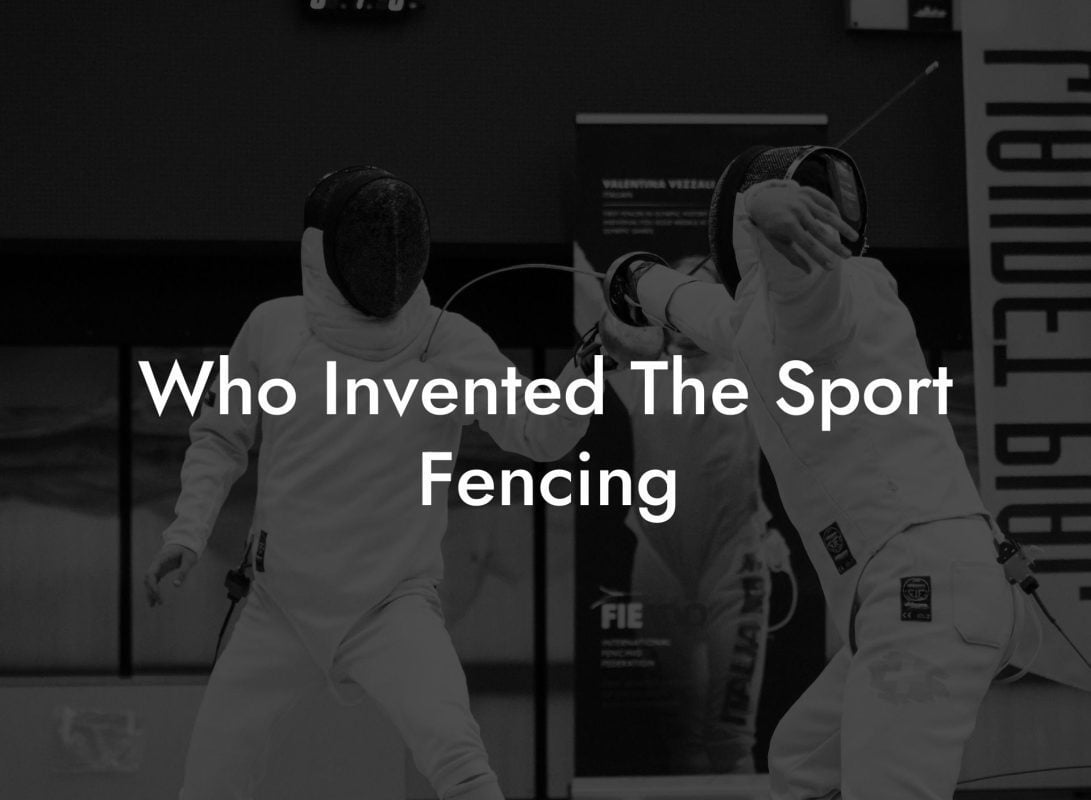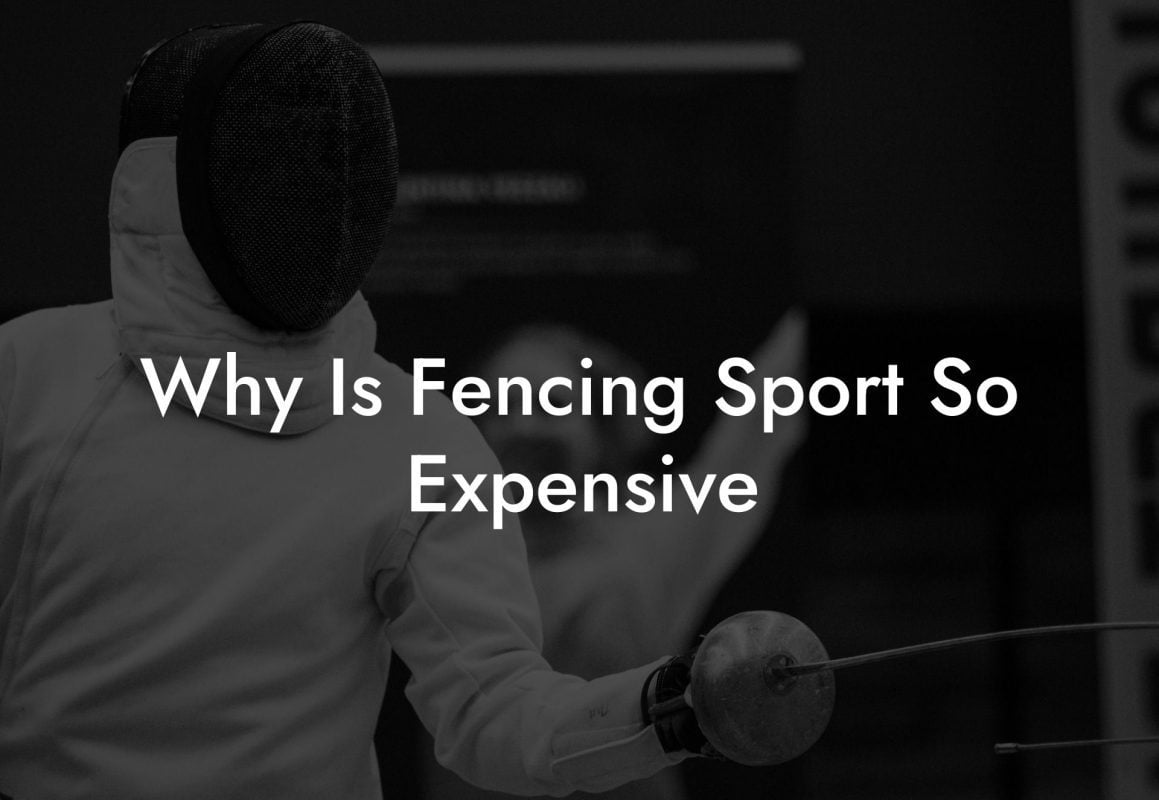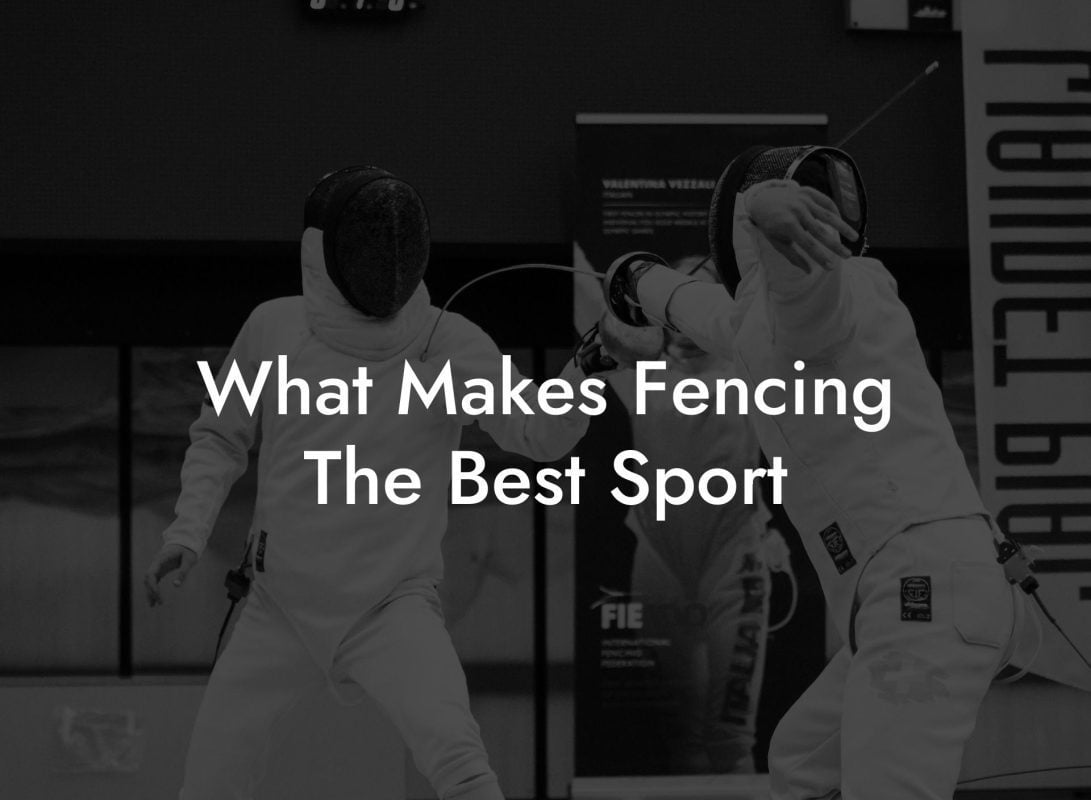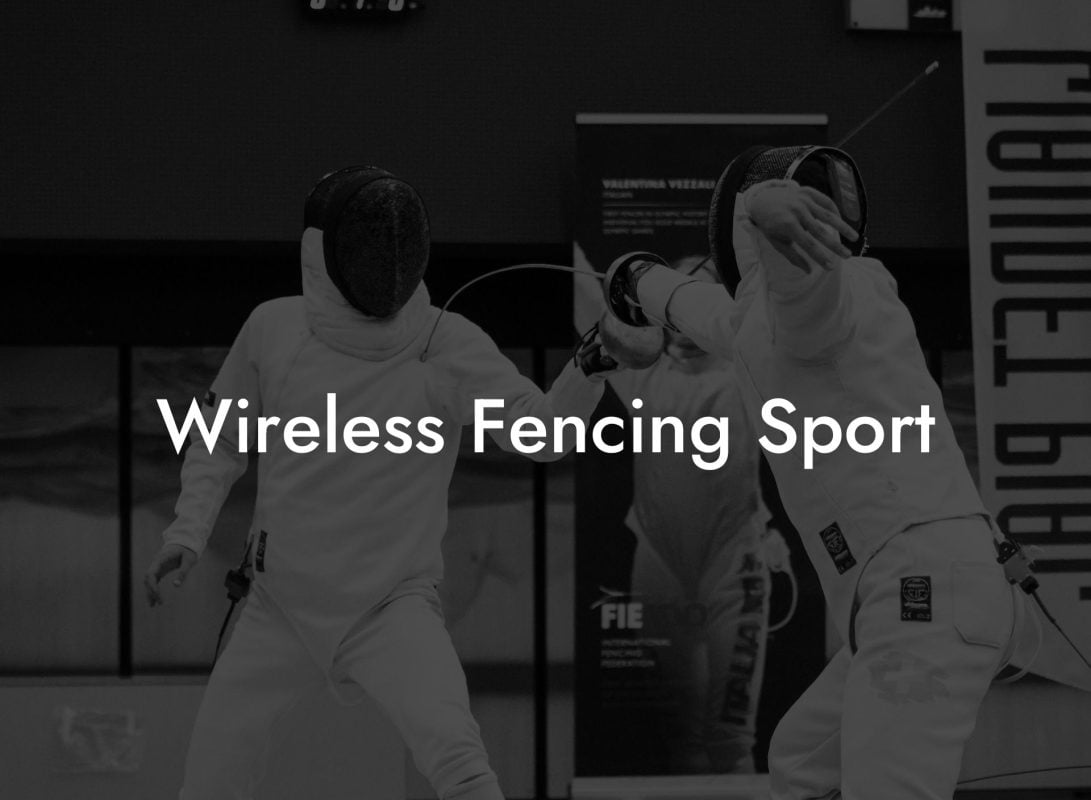Bonjour! Welcome to the fascinating world of fencing, a sport that has roots in various cultures and a modern embodiment of art and athleticism. One question that often arises in the fencing community is, "Is fencing a French sport?" Without any further ado, let's dive into this captivating query and explore the origins, development, and French influence on the sport of fencing.
The Origins of Fencing
Fencing can be traced back to ancient civilizations, such as the Egyptians, Greeks, and Romans. The art of swordsmanship was initially developed for military purposes and eventually evolved into a popular form of entertainment and leisure activity.
From Warfare to Sport
The Middle Ages saw the birth of modern fencing, as the heavy swords and armor used in battles were replaced by lighter, more nimble weapons. This shift allowed for more precise techniques and artful displays of skill in combat.
Fencing schools began to emerge in Europe during the Renaissance, with Italy and Spain taking the lead in developing the sport. Treatises outlining different techniques and styles of fencing were published, further expanding the knowledge and popularity of the craft.
The French Influence on Fencing
In the 17th and 18th centuries, France became the hub of fencing innovation. Masters of the sport, such as La Boëssière and Girard, introduced new concepts and techniques that would ultimately shape the modern sport we know today.
The Art of Foil Fencing
The French may not have invented the sport of fencing, but they can be credited with revolutionizing it through the creation of foil fencing. This lighter, more agile weapon allowed for intricate footwork and precise targeting of specific areas on the opponent's body. The French also introduced the structured, methodical approach to teaching fencing, which is still utilized in fencing schools worldwide.
French Grip vs. Pistol Grip
One of the most significant contributions of the French to fencing is their unique grip style. The traditional French grip is simple and elongated, allowing for a more flexible and versatile handling of the weapon. In contrast, the pistol grip, which was later developed in Italy, offers more stability and power in the hand, but sacrifices some of the wrist flexibility afforded by the French grip.
Fencing Etiquette and Codification
The French left a substantial mark on fencing etiquette and the codification of the rules. They introduced the practice of saluting opponents before a bout, a tradition that demonstrates respect for the opponent and the sport. Additionally, the French developed the first set of standardized rules for fencing competitions, which laid the foundation for the regulations organized by the International Fencing Federation (FIE) today.
Is Fencing A French Sport Example:
Imagine a fencing competition set in a picturesque French courtyard, where fencers display their elegant footwork and bladework while adhering to the strict rules and etiquette introduced by France's fencing masters. This scene embodies the rich history and deep influence the French have had on the art and sport of fencing.
We hope you enjoyed exploring the origins of fencing and learning about the substantial French influence on the sport. While fencing may not be a solely French sport, its impact on its development and refinement cannot be denied.
So, does fencing owe its elegance and grace to France? Oui, indeed! But let's not forget the global community of fencers and fencing enthusiasts who continue to learn from and build upon the foundations laid by all fencing traditions.
Share this article with fellow fencing aficionados and explore other guides on Anchorage Fencing Club to further immerse yourself in the captivating world of fencing!



